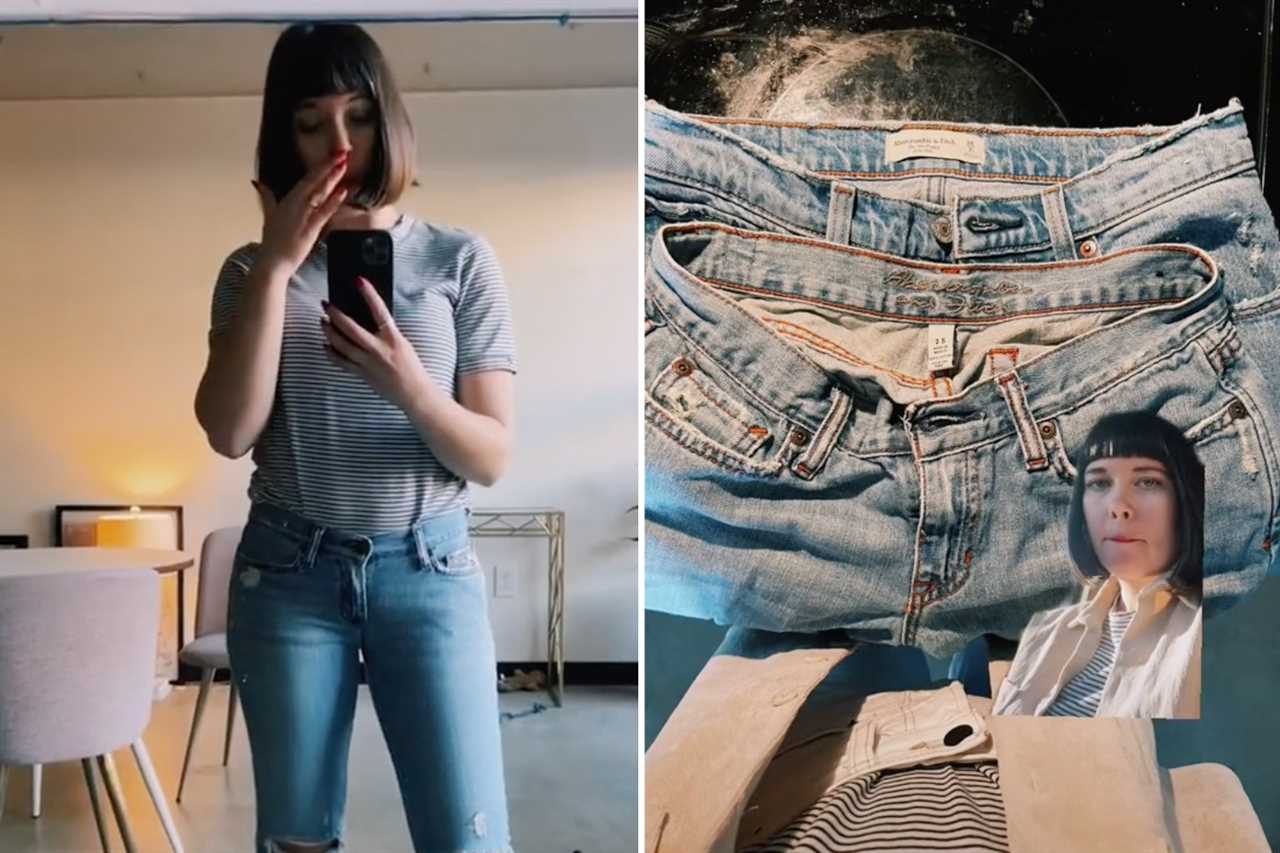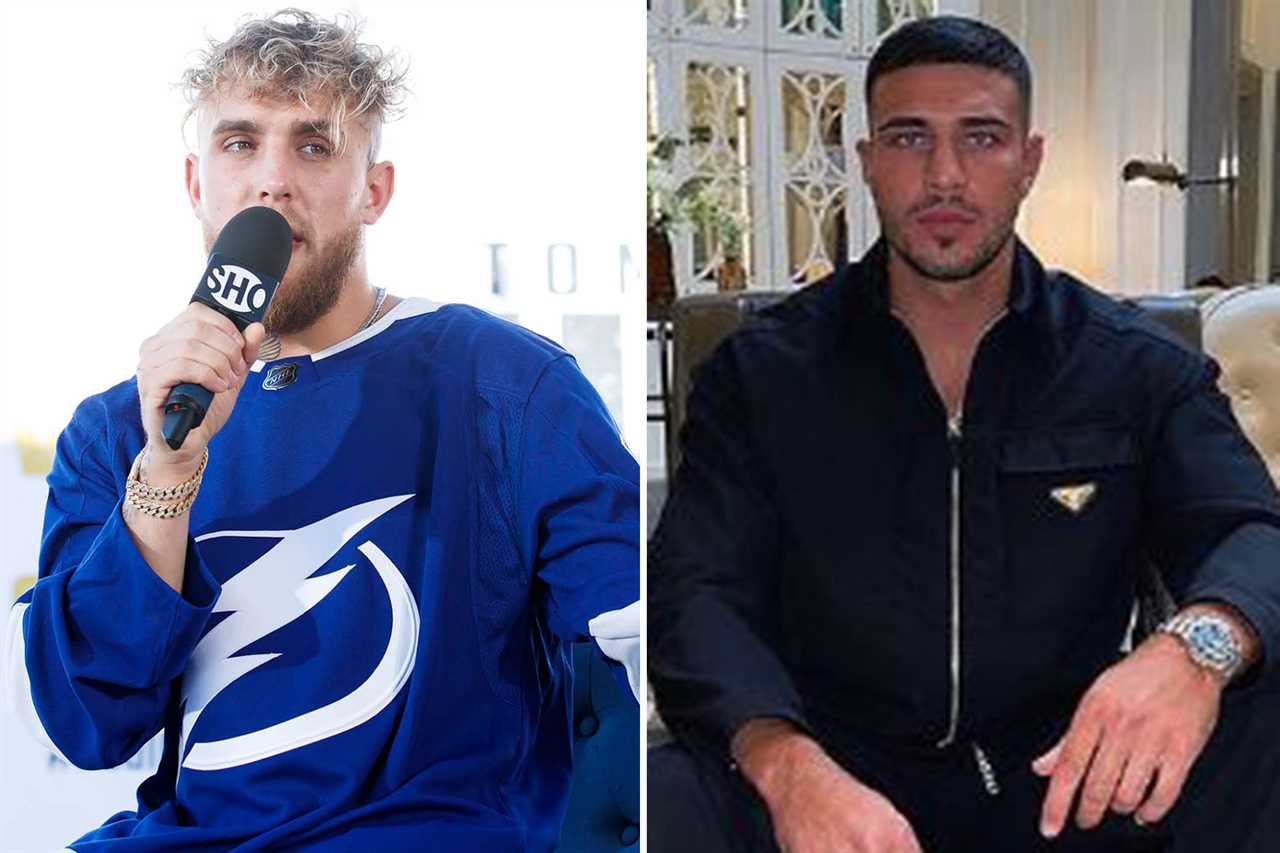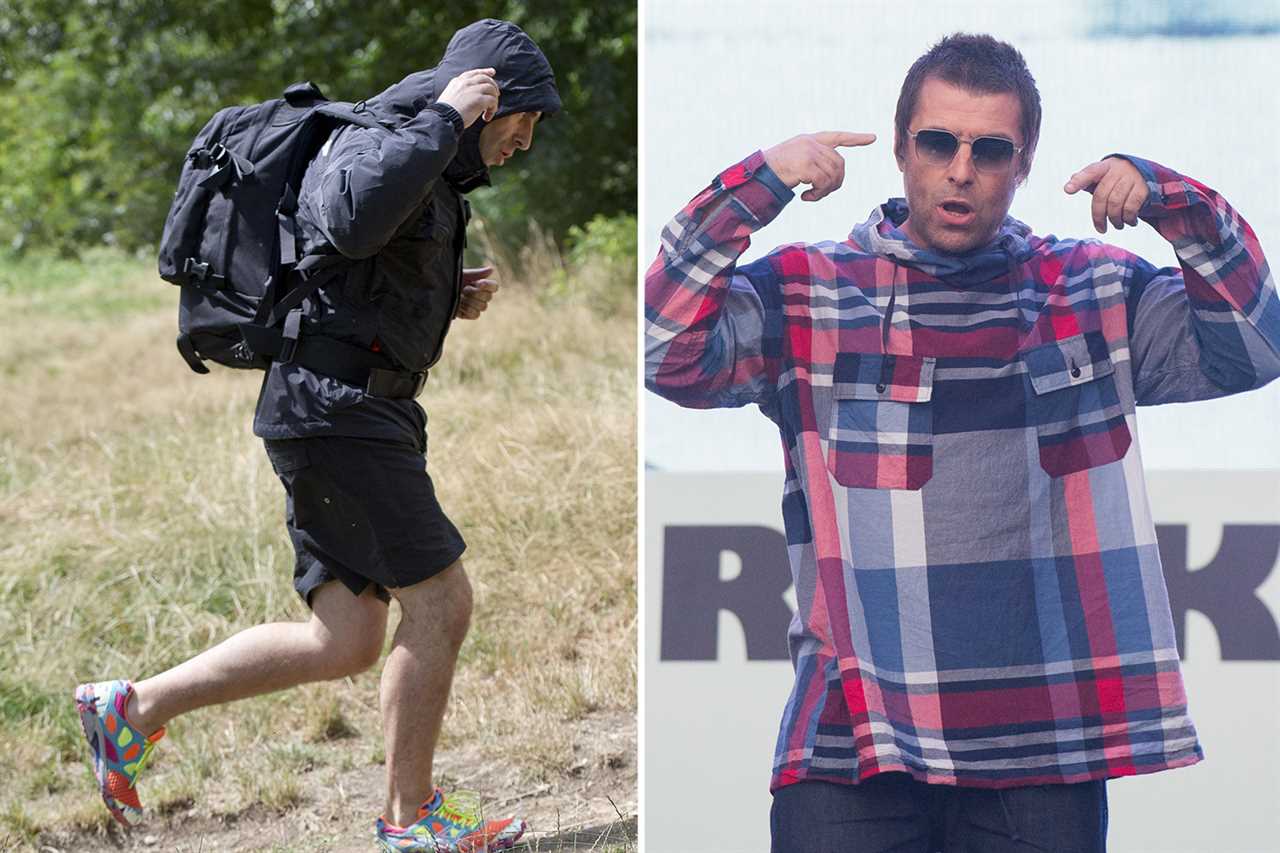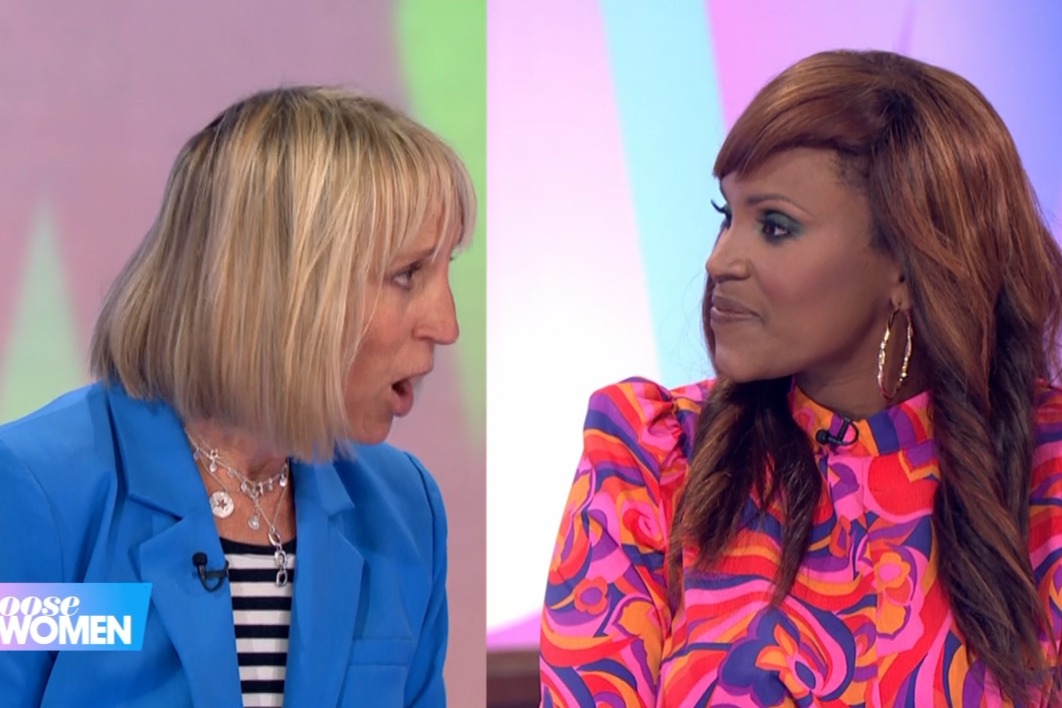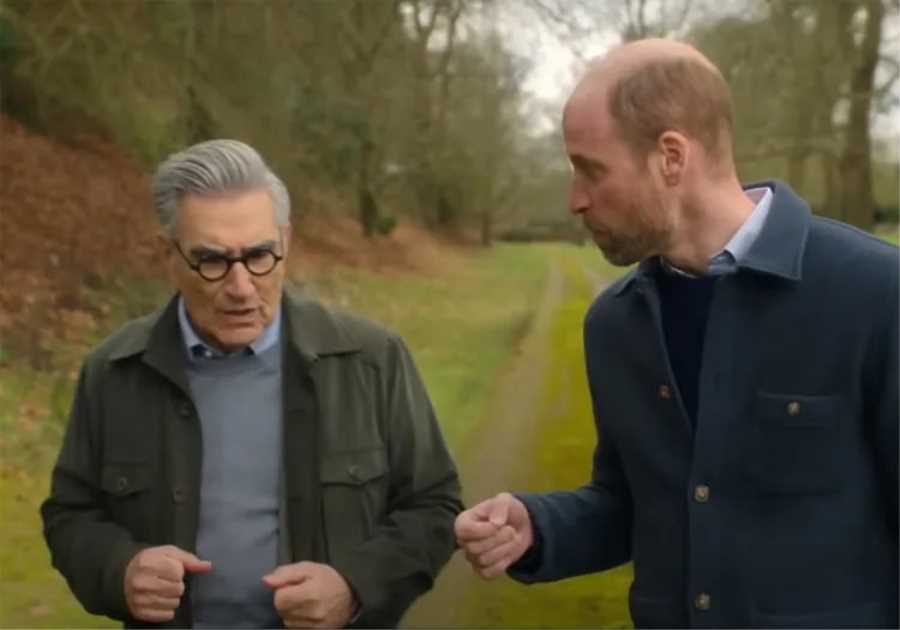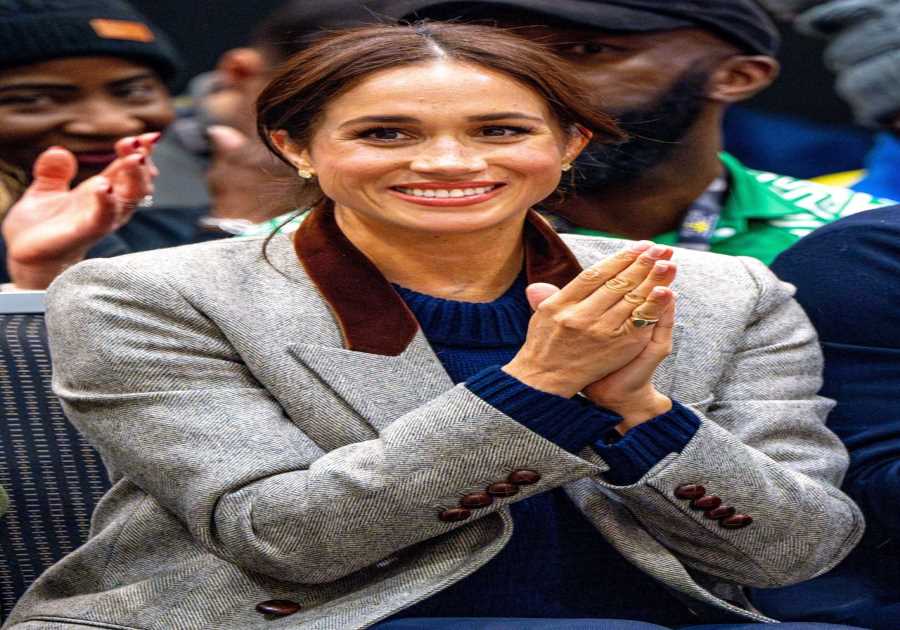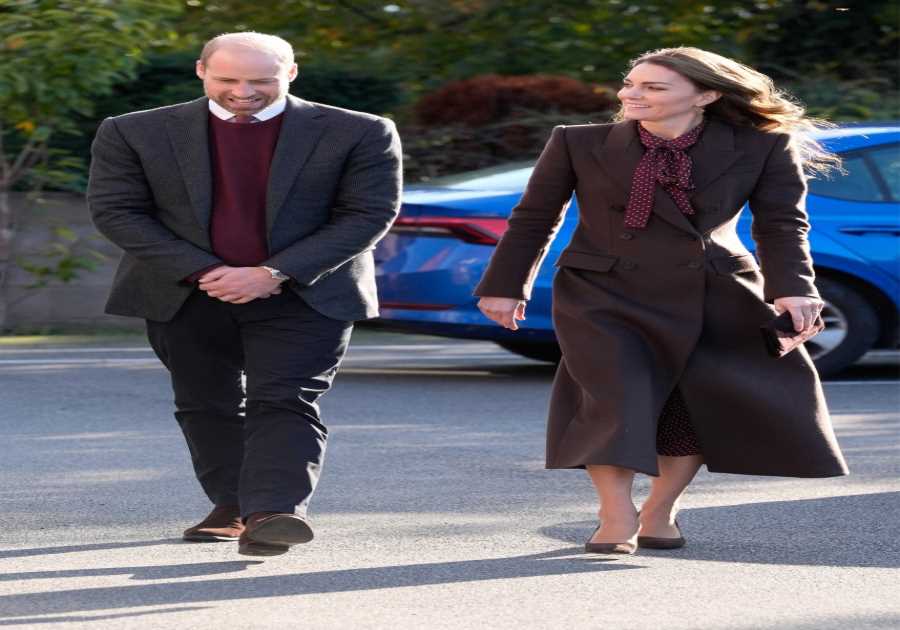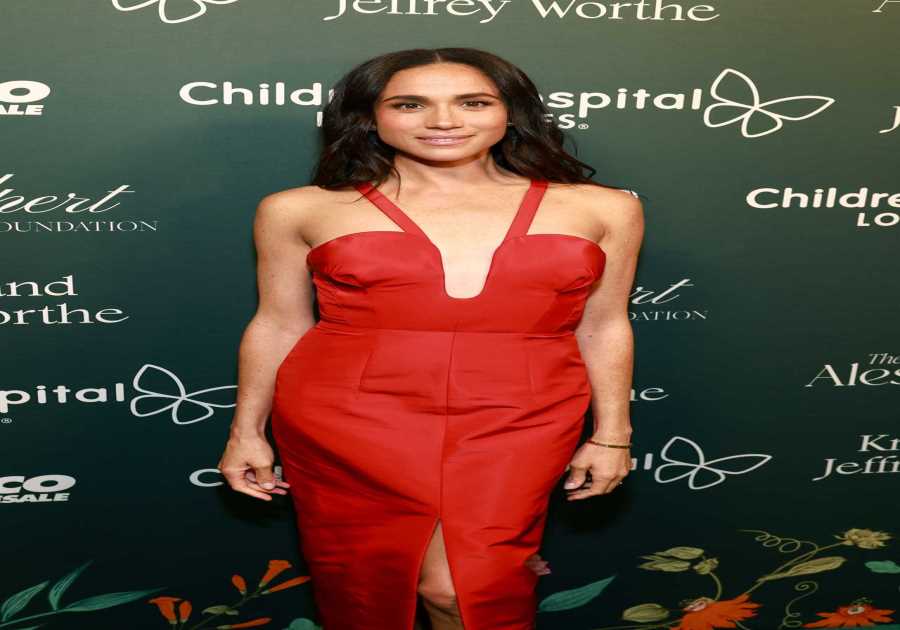IT was so cool, it hired “models” instead of shop assistants – and singer Taylor Swift and Hollywood stars Jennifer Lawrence and Ashton Kutcher put their faces on ad campaigns for the brand.
But the stellar success of all-American fashion chain Abercrombie & Fitch — with stores in malls and high streets across the UK — crashed in the mid-2010s amid claims of sexist, racist and predatory behaviour in the firm which fed down through the ranks from megalomaniac CEO Mike Jeffries.
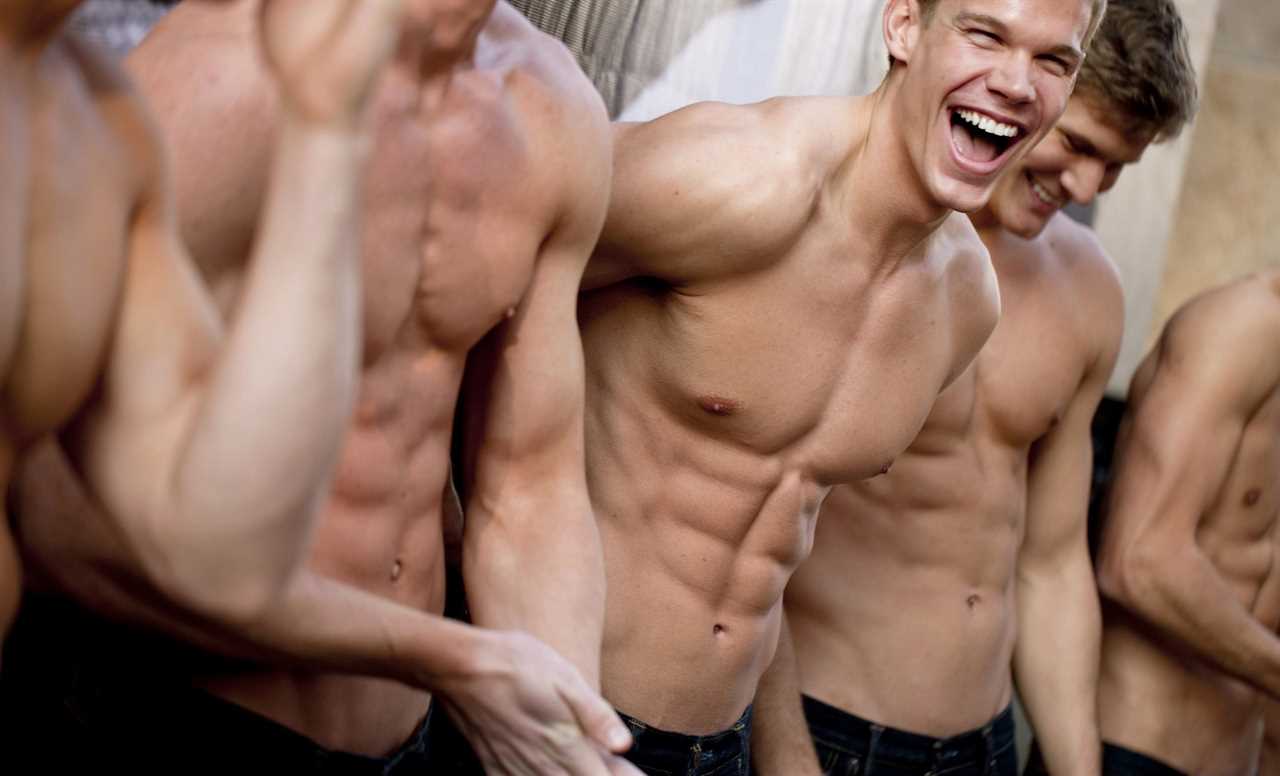
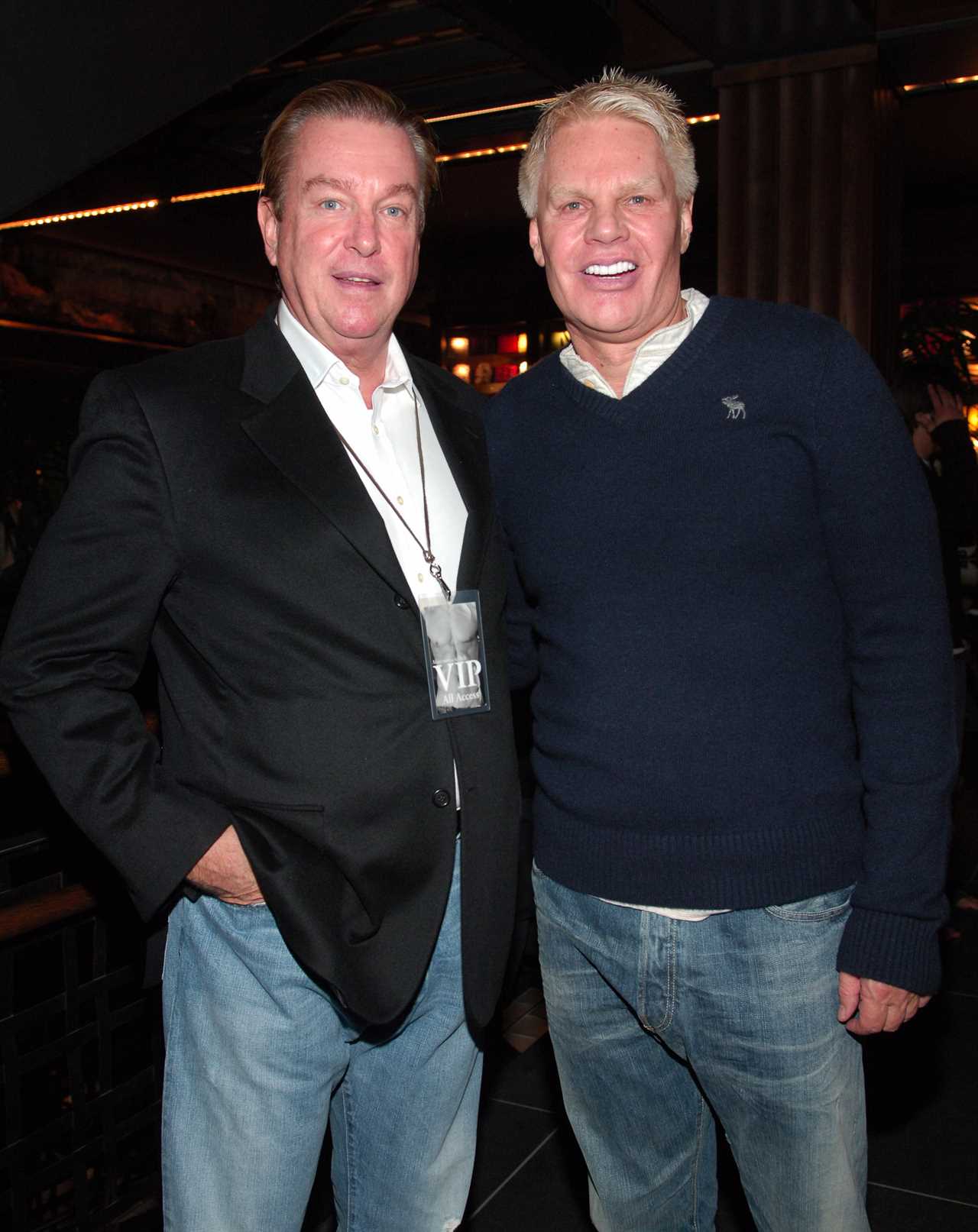
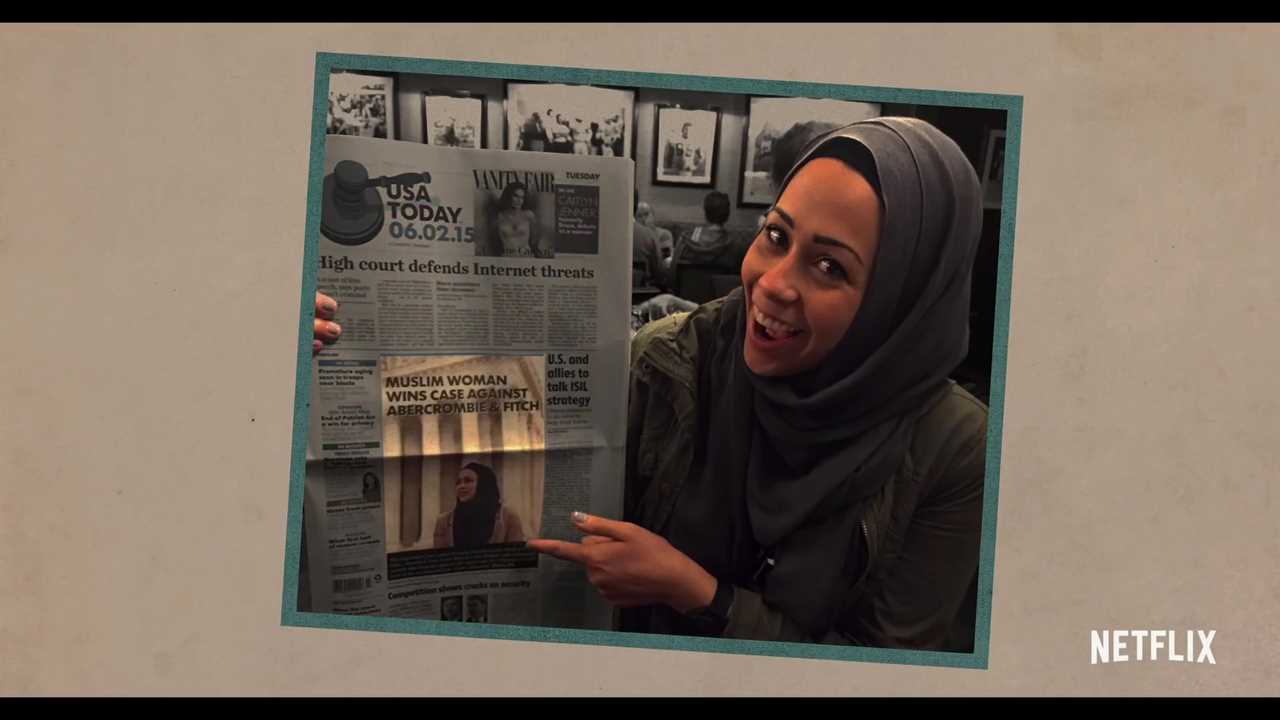
Now Netflix documentary White Hot: The Rise And Fall Of Abercrombie & Fitch, launching this Saturday, explores how it all came apart at the seams.
One former A&F model, Bobby Blanksi, recalls of its glory days: “It sold a dream, a young person’s fantasy. They made money by advertising men with no clothes on.”
Ex-merchandiser Dr Kjerstin Gruys said: “The first week I worked at A&F the HR rep talked about how you could write Abercrombie & Fitch with dogs**t on a baseball cap and sell it for £40.
“She was like, ‘That’s where we are now, it’s awesome’.”
Read more on Abercrombie & Fitch
Although the shop reached peak cool at the turn of the millennium, it has been around since 1892, when it sold hunting and riding gear, hence the chain’s moose logo.
In 1988, the struggling retailer was bought by retail king Leslie Wexner, now 84, who already owned the lingerie chain Victoria’s Secret.
In the early Nineties, US owner L Brands hired Jeffries, now 77, to make the brand relevant again. The blond plastic-surgery fan remodelled it on the preppy fashion worn by rich white kids in America.
Electro music pumped out Shops were adorned with giant black-and-white posters of scantily clad, wholesome-looking white teens.
Entrances were flanked by two topless male models with six-packs.
Inside, electro music pumped out as teen shoppers and their confused parents explored the dimly lit aisles. Employees were drilled to represent brand guidelines set out by Jeffries.
Charles Martin, former design vice-president, said: “We built posters and we put ‘This is what Abercrombie is’ and ‘This is what Abercrombie isn’t’. The Abercrombie college kid drives a Jeep and he doesn’t drive a Sedan.”
The revamp was a hit and Abercrombie was worth over £760million by 1999. Former A&F design director Kelly Blumberg said: “The brand was on top. We had quarterly meetings and they were like massive pep rallies around the firepit to discuss the money we were making.”
In 2002, among A&F’s best-sellers were its irreverent logo T-shirts. It could knock them out cheap and charge an 85 per cent mark-up.
But the shirt designs sparked claims of racism. One depicted an ad for fictional business Wong Brothers Laundry Service and had two stereotypical Asian men above the tagline: “Two wongs make it white.”
Blogger Phil Yu said: “It’s taken from people’s understanding of Asians if you just watched American TV and movies. So it’s the kitschy font and caricatures of slant-eyed Asians.
“Asian-Americans are often taught to keep your head down, not rock the boat, as a lot of us are children of immigrants. But at that moment I was like, ‘It’s OK to be angry about this’.”
The T-shirt led to protests — and A&F burned its merchandise. It apologised but was criticised for continuing to stock a logo shirt with a donkey and taco that read: “Juan for the road.”
Two years later, further flak flew over A&F’s brutal hiring and firing policies. It emerged managers had to rank employees by how cool they were. Anyone who did not make the cut was quietly cut from the rota.
This befell black Carla Barrientos when she asked to work day shifts instead of nights. When her boss refused, she told him a colleague had offered to swap.
She said: “After that I was not on the schedule. I remember asking him, ‘What should I do? Do I still work here? I haven’t been on the schedule for two months’, and he’s like, ‘No, no, you do. Just keep calling us’. I knew I had been fired and I just moved on.”
The same thing happened to Jennifer Sheahan in Irvine, California. She alleged that after bosses from A&F’s HQ visited, her manager was told there were too many Asian staff and she was fired.
She said: “They noticed a bunch of Asian people in the store. They said ‘You need more staff who look like this’ and pointed to a poster and it was a Caucasian model’.”
The two employees and seven others sued A&F for race discrimination. Incredulously, its defence was that the employees were not good-looking enough for the shop floor.
A&F finally settled the case, paying out a reported 30million to thousands of employees but admitting no guilt. It also signed a court agreement to increase diversity but was later accused of ducking any real change.
Front-of-store staff were renamed “models” but Wall Street Journal journalist Moe Tkacik said: “The idea was that by calling their minimum-wage retail employees ‘models’, Abercrombie could get away with anything a modelling agency could.”
UNSAVOURY RUMOURS
There was also more trouble afoot — with the real models who posed in A&F’s Adonis-like ads. US photographer Bruce Weber shaped A&F’s aesthetic, essentially black-and-white shots of topless men running about or wrestling.
But Bobby Blanksi says there were unsavoury rumours about Bruce’s love of young men. He said: “There was a guy who would get a call from Bruce, get invited for dinner. They would go and I’d not see them the next day.”
Bobby claims that when when he turned Bruce down for dinner, during a shoot, minutes later he got a call cutting him from the job. Another model, Ryan Daharsh, added: “It was very well known with Bruce that he liked young men. You would put your hand on your chest and he put his hand on your hand — kind of like talking to relax.
“And then it was, ‘I’m going to lower your hand. Say when to stop.”
Ryan said: “My hand didn’t move.”
Weber was sued in 2017 by 20 models who say he sexually abused them — a claim he denies. In 2021 he settled two lawsuits for unknown sums, and has never admitted guilt.
Ryan added that Jeffries, although not accused of any harassment, would attend shoots. He said: “It was like he was just there to have fun. He was so weird. Who knows what the fk . . . I don’t know what that dude was into.”
Intensely private Jeffries had been in a heterosexual marriage, but is now with male partner Matthew Smith. Employees cited Jeffries’ alleged homophobia, too. One claimed he held up a pair of women’s corduroys and said: “Who the f*** are you designing for? Dykes on trikes?”
ALLEGED HOMOPHOBIA
Staff were also handed an etiquette manual for when Jeffries flew on the company’s private jet. It read: “When Michael or a guest make a request, respond by saying, ‘No problem’. This should be used in place of phrases such as ‘sure’ or ‘just a minute’.”
But it was one interview Jeffries did in 2006 that really blew up.
In a chat with US news and opinion mag Salon, he said: “In every school there are the cool and popular kids, and then the not-so-cool kids.
“Candidly, we go after the cool kids. We go after the attractive all-American kid with a great attitude and a lot of friends. A lot of people don’t belong, and they can’t belong. Are we exclusionary? Absolutely.”
In 2015, Muslim blogger Samantha Elauf sued A&F after being turned down for a job for wearing a hijab.
Again, the firm came up with a unlikely defence — that her headscarf was akin to wearing a baseball cap to an interview. She said: “Their argument was that if they hired me I would hurt their brand.”
The Supreme Court rejected A&F’s defence, saying the firm violated the Civil Rights Act. — and its sales crashed again.
Jeffries quit in 2014, and refused to comment to Netflix. L Brands chair Les Wexler resigned in 2020 over misogyny claims and his friendship with paedophile Jeffrey Epstein.
Read More on The Celeb Report
With female CEO Fran Horowitz now heading A&F, woke marketing has helped it to its best sales since 2008.
But blogger Phil Yu said: “Can you really sell diversity when really what you’re trying to sell is a V-neck?”

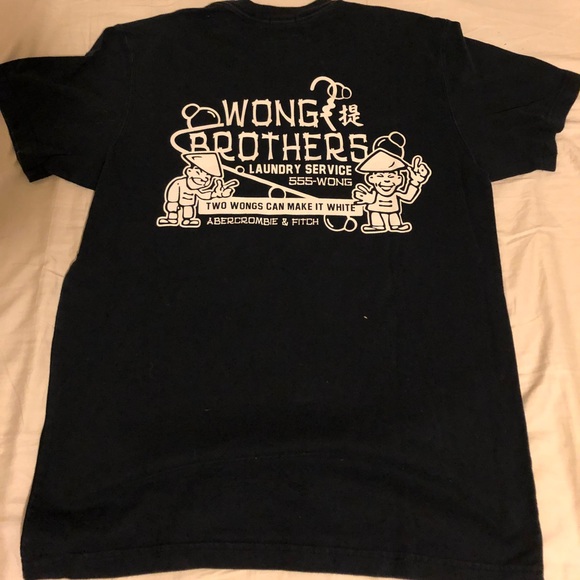
Did you miss our previous article...
https://thecelebreport.com/television/freeze-the-fears-tamzin-outhwaite-admits-heartbreaking-truth-about-mothers-sudden-death

